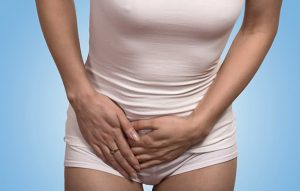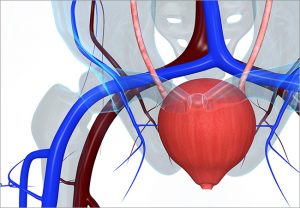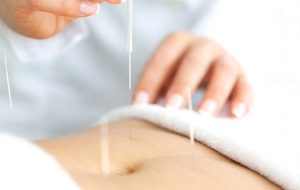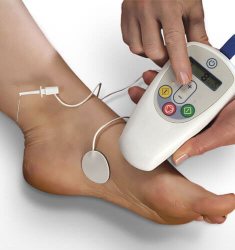Overactive Bladder Syndrome (OAB)
Treatment for Overactive Bladder Syndrome at Colgan Clinic
Acupuncture and Electrotherapy for Overactive Bladder (OAB)

Do you have an overactive bladder?
Desperate for the toilet, an increase in the need to go to the toilet or sudden urges to go. Sound familiar? You may have an overactive bladder (OAB).
Overactive bladder syndrome is the name given to a combination of any, or all, of the following symptoms:
- the need to go to the bathroom to empty your bladder more often than you usually would
- a sudden urge to urinate that is very difficult to control and which may result in an ‘accident’
- your bladder may wake you more than once during the night (nocturia)

Recent evidence points towards Acupuncture and Electrotherapy as a useful tool in the management of overactive bladder symptoms in men and women with minimal, if any, side effects.
Between 12 and 20% of people have been reported to suffer from OAB . It is only slightly more common in women (20%) than men (16%). One of the main reasons given for not seeking help or advice was the lack of awareness that effective treatment was available for such conditions.

Clinical guidelines state that the first line treatment for OAB symptoms is advice regarding caffeine and fluid intake, weight management and bladder retraining strategies . As a subsequent option, your doctor may prescribe medication which is designed to reduce unwanted overactivity sensitivity of your bladder (antimuscarinic drugs).
It has been shown in the literature that Acupuncture and Electrotherapy can be as effective as the main prescribed drug, but with none of the associated side effects.
Recent evidence points towards acupuncture as a useful tool in the management of overactive bladder symptoms in men and women in addition to lifestyle advice, bladder retraining strategies and pelvic floor muscle rehabilitation with a specialist physiotherapist. It is a safe, effective and relatively non-invasive strategy with minimal, if any, side effects

Acupuncture works by targeting nerve pathways in the body that can regulate the brain signals to the bladder via the spinal cord and this may help the bladder muscle to be more relaxed and inhibit spontaneous contractions. It may also influence the nerves facilitating storage of urine in the bladder, potentially allowing for the bladder to fill more calmly.
What Is Electrical Stimulation for Overactive Bladder?
It uses a mild electric current to treat your overactive bladder (OAB) and ease your strong urge to pee. Electrical stimulation may give you better control over the muscles in your bladder, a sac-shaped organ that holds your urine.

Electroacupuncture, which uses electrical currents to provide stimulation of needles at traditional acupuncture points, was shown to be effective in OAB symptoms
Percutaneous tibial nerve stimulation (PTNS) is derived from acupuncture used in Chinese Traditional Medicine and was first described in the early 1980s. It is a neuromodulation technique used to modulate bladder function and facilitate storage.
Percutaneous tibial nerve stimulation (PTNS). This treatment isn’t surgery. Your doctor inserts a thin needle under the skin of your ankle near the tibial nerve.

A stimulator on the outside of your body sends electrical impulses through the needle to the nerve, and on to other nerves in your spine that control your bladder.
Colgan Osteopath in Kettering can help you with Overactive Bladder symptoms
Call us to see how we can help 07738493974 or book online